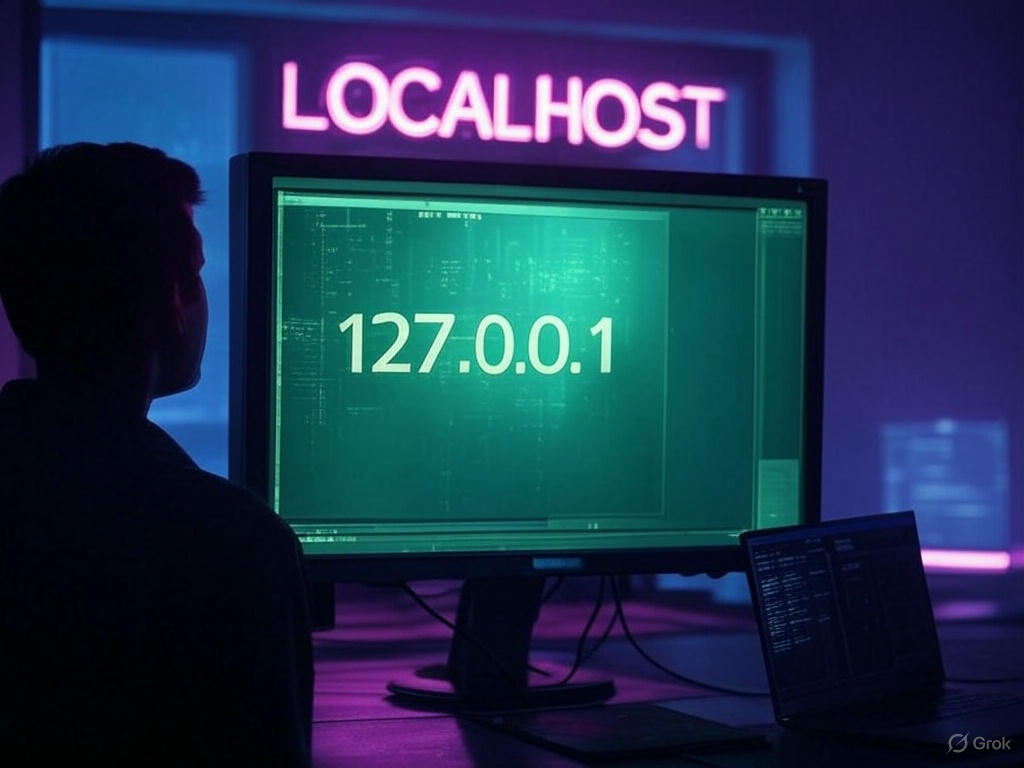Understanding Localhost
 Ayush Sachan
Ayush Sachan
When you're developing applications, you've most likely encountered the term "localhost". Whether you're running up a React app with npm run dev or your uvicorn server, localhost is where it all begins. But what exactly is happening behind the scenes when your browser opens to http://localhost:3000?
What is Localhost?
Localhost isn't just a developer jargon. It's a reserved domain name that always points back to your own machine. Think of it as your computer's home address which is only known to your computer in the internet world. Typing "localhost" in your browser means you're talking to your own computer.
Every computer has its own localhost. If two developers on different machines both access localhost, they're each connecting to their own respective devices without interference.
How Localhost Works
To understand localhost, let's first look at how normal website loading works:
You type
google.comin your browserYour system checks the DNS (Domain Name System) to translate google.com into an IP address
That IP address leads to Google's servers
Your request is processed and the response is sent back
With localhost, this process is much simpler:
You type
localhostin your browserYour computer immediately knows this means "right here"
It routes the request directly to itself without any external DNS lookup
The Magic Number: 127.0.0.1
Localhost is actually just a human-friendly name for the IP address 127.0.0.1. When you type "localhost", your computer:
Doesn't query an external DNS server
Instead, it looks at its host file (located at
/etc/hostson Linux/Mac orC:\Windows\System32\drivers\etc\hostson Windows)In this file, there's an entry mapping "localhost" to
127.0.0.1
The IP address 127.0.0.1 is a predefined loopback address that directly references your machine's loopback interface—a virtual network interface that sends data right back to the same device. It's like throwing a tennis ball against a wall and having it bounce right back to you.
Interestingly, the entire 127.0.0.0/8 range (from 127.0.0.1 to 127.255.255.255) is reserved for loopback addresses. While technically any of these addresses will work, 127.0.0.1 is the standard.
Modifying Your Host File
You can actually create your own localhost-like names by modifying your host file. For example, adding this entry:
127.0.0.1 byteMonk
Now typing "byteMonk" in your browser will work exactly like localhost. You can even map multiple names to 127.0.0.1:
127.0.0.1 localhost byteMonk devServer
All three names will now function as localhost.
IPv4 vs IPv6 Localhost
Localhost can resolve to either:
127.0.0.1(IPv4)::1(IPv6)
The address used depends on your system configuration. Many systems uses both IPv4 and IPv6
Subscribe to my newsletter
Read articles from Ayush Sachan directly inside your inbox. Subscribe to the newsletter, and don't miss out.
Written by
